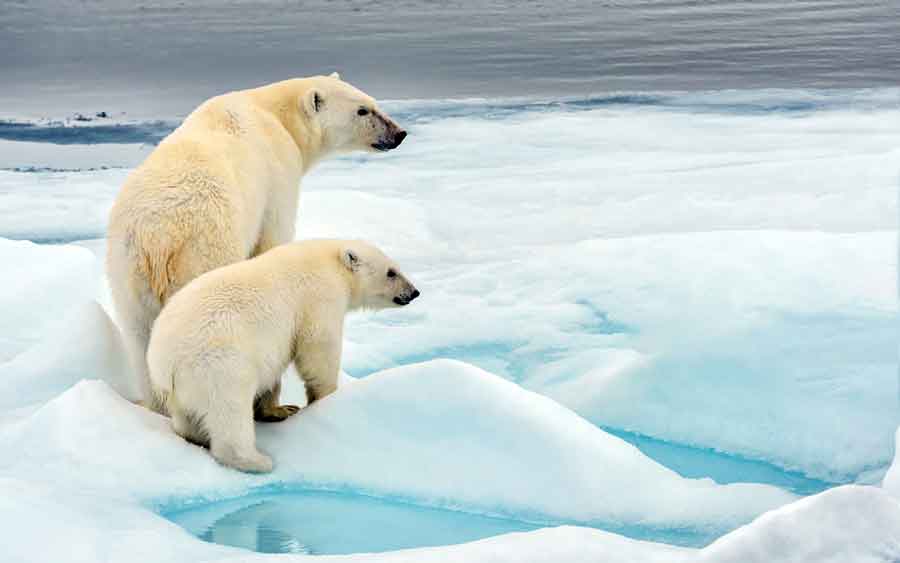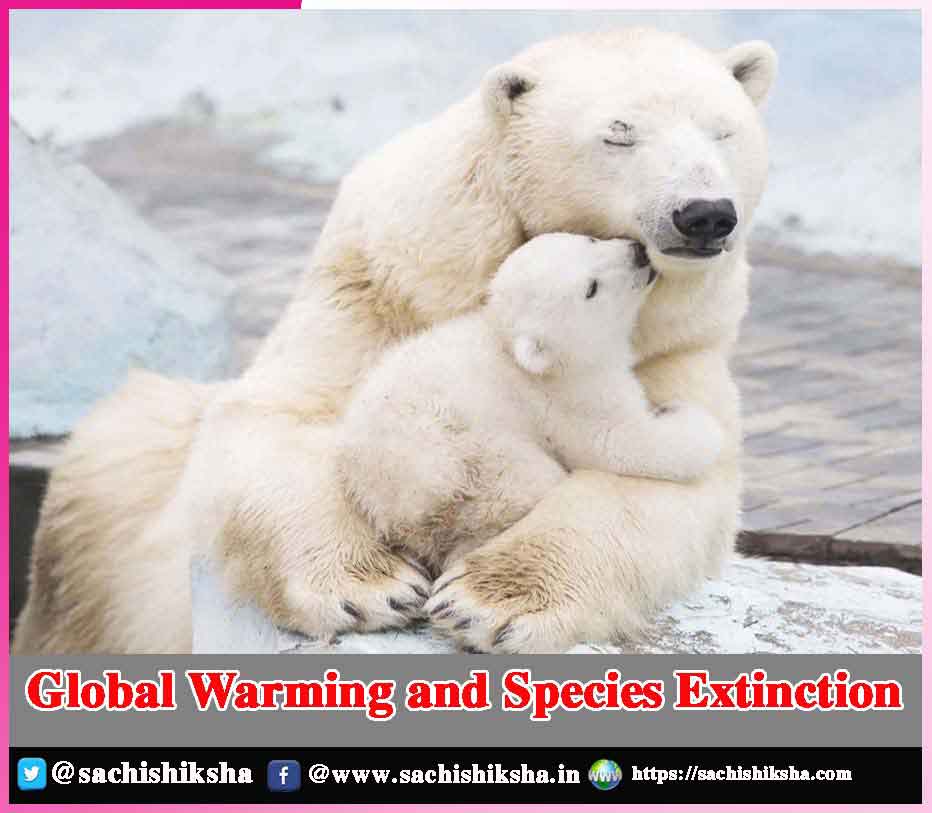Global Warming and Species Extinction
Introduction: Human impacts are the leading source of global warming, particularly the carbon pollution caused by the consumption of fossil energy and the pollution encapsulate prevented by the deforestation of forests. Our emissions of carbon dioxide, methane, coal dust, and other pollutants into the environment act like a blanket, getting trapped the excess energy and warming the earth.
Finding demonstrates that the 2010s were the hottest decade on documentation, and that every couple of years since the 1960s has been extremely hotter than the preceding one. This temperature increase is causing profound changes in the climate system, such as its land, environment, seas, and glaciers.
Also Read:- Hey It Is Just A Deal, No Big Deal
Rising Temperature & Catastrophes:

According to the National Oceanic and Atmospheric Administration, the United States would therefore experience 20 climate and weather incidents in coming times, including strong thunderstorms, floods, drought, and forest fires, each of which will cause at least $1 billion in losses. In fact, more than four out of every ten Americans live in a county that will be hit by climate-related disasters in future.
Table of Contents
Extinction of Species:
Global warming is expected to drive the extinction of more than one-third of the Earth’s species of animals and plants by 2050 if existing emissions of greenhouse gases current trend continues — a potentially disastrous huge deficit that would irreversibly minimize bio – diversity and change both ecological systems and human societies all over the world. Indeed, more than a million species may face extinction as a result of global warming, and the first extinctions are already occurring.
Anthropogenic Climate Change:
Anthropogenic climate change is already affecting species, and its quick onset is restricting many species’ capacity to adjust to their environments. Changing climate is currently affecting at least 10,967 species on the IUCN Red List of Threatened Species, thereby increasing their likelihood of extinction. The Bramble Cay melomys (Melomys rubicola) is the very first species to be declared extinct as a consequence of global warming. It was earlier only discovered on the island of Bramble Cay in the Great Barrier Reef, but its biodiversity has been destructed by increasing sea levels.
Diminishing of Corals:
Corals are part of the world’s most biologically diverse ecological systems, but they are also one of the most rapidly diminishing species groups due to massive decolonization, disease, and die-offs caused by increasing ocean temperatures and acid rain. Meeting the Paris Agreement’s target of a less than 2°C global temperature increase is critical for coral reef preservation. Climate change is resulting in variations in species that challenge their livelihood, in addition to higher disease prevalence and deteriorated wetlands.
Genetic Alterations & Change in Behaviour:
Increasing temperatures have resulted in environmental factors such as Chinook salmon (Oncorhynchus tshawytscha) migrating to Polar regions rivers, as well as changes in behavior in species such as earlier reproduction moments for North American tree swallows (Tachycineta bicolor). Important physiologic changes are also being caused by climate change.
Rising temperatures during egg fertilization are causing a disparity in the female-to-male sex ratios of nearly extinct green sea turtles (Chelonia mydas), with females accounting for 99% of freshly born turtles on some coastal habitats. Climate change has caused genetic alterations in species such as the common toad (Bufo bufo) and green toad (Bufotes balearicus) in southern Italy, including hybridization (crossbreeding as species’ habitats transformation).
Ecosystem:
Aside from their inherent worth, species play critical roles in ecosystems, which in essence offer public infrastructure to humans. Global warming exasperates species declines by interacting with dangers such as habitat loss and over-exploitation. The extinction of species and ecosystems can then hasten environmental issues, generating a virtuous cycle that worsens the situation.
Food Chain:
Climate change’s impacts on even the littlest species can endanger ecosystems and other species up and down the food chain. Rising ocean melt and ocean acidification, for example, are lowering species communities in the Arctic Ocean, endangering the preservation of whales, penguins that rely on seabirds as a primary source of nourishment. Because organisms at the bottom of the food chain are often the initial ones to be affected by global warming, the true consequences of species extinction may not be seen for decades. Invasive alien species are one of the leading causes of biodiversity loss and species extinction, and their spread is frequently aggravated by climate change.
Plant Species:
Global warming affects plant species’ capacity to carbon sequestration, converting carbon sinks into carbon sources. Rising temperatures are also causing more tree death due to disease, extreme drought, and a rise in the number and intensity of forest fires, which increases carbon dioxide emissions.
Efforts to Reduce Effects of Climate Change:
Efforts to preserve species and reduce the effects of climate change necessitate a multifaceted strategy that includes meeting climate goals, conserving and protecting habitats, and assisting species in adapting. Long-term and coordinated acts to meet Paris Agreement Emission Reduction goals can keep rising temperatures below the critical 2° limit. This will have the biggest impact on mitigating the impacts of climate change on organisms and making sure ecosystems proceed provide the vegetation for species as well as a variety of services to individuals.
Conclusion:
Species are the foundation of ecosystems, so mitigating the threats that climate change poses is critical. Assisting species adapt to changing climates and planning methods for dealing with severe weather events such as heat signals, storms, and droughts are examples of sound preservation reactions. Non-climate factors must be reduced in order to increase species’ future resilience to climate change. Human responses to climate change, such as change in land use (e.g., planting Biofuel) and constructing physical infrastructure (e.g., wind turbines and dams), may have bad repercussions for species if biodiversity is not taken into account.












































